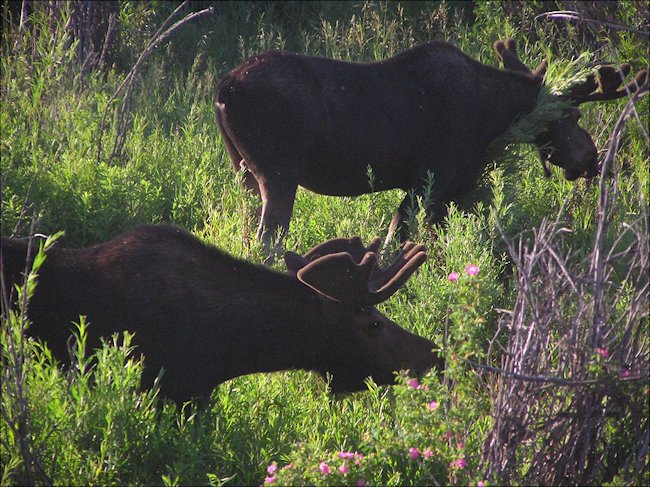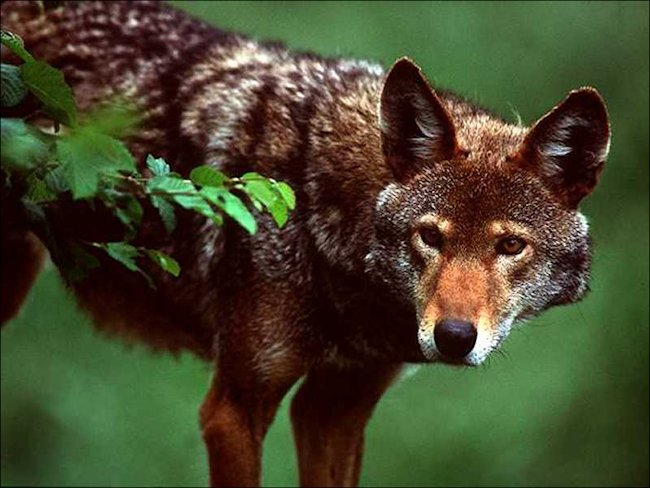Yellowstone National Park Wildlife
Moose are usually solitary animals, exceptions to that rule are during mating season and when a mother is with her calf. They like water plants so look for them munching on willows near rivers and lakes.
Pronghorn Antelope are officially the fastest antelope on the planet. They evolved to be able to run away form the now extinct North American Cheetah. They have the ability to run over 45 miles per hour. There is a small herd of these creatures in the park

They cannot cope with the extreme cold of the Yellowstone winters so migrate to the warmer southern grass lands during the winter. This takes them out of the protection of the National Park and into the gun sights of farmers and hunters. The population was dwindling and there are concerns about inbreeding
American Bison, also known as Buffalo can be located throughout Yellowstone National Park. In fact there are so many you might start to take them for granted. When you see people stopped on the side of the road do not get out of your car and try to stroke them as I have seen some idiot attempt. You can get killed. These animals are huge and in a bad mood will trample you to death especially if they have calves. Buffaloes can outrun you and are quicker than they appear.
There are more attacks and deaths caused by bison than by bears. The Herd that roams Yellowstone Park has been in the area since prehistoric times. There are thousands of them! They are the only truly wild Buffalo left. In winter, the bison will travel outside of the park searching for lower ground to keep warm. Go to www.youtube.com and search for bison attack and Buffalo attack

Elk are the most numerous big mammal in Yellowstone National Park. You will see many of them during your visit. It is estimated that 30,000 Elk spend the summer in the park and 15,000 stay for the winter months. The other half head south towards Jackson Hole where the winters are not so extreme. The mating call of the Elk, or bugle, is one of the strangest sounds you hear in the wild. Late summer and Autumn is the rutting season so Yellowstone echoes with their calls.
They have charged visitors who have got to close and caused injuries. They also charge and damage vehicles. Keep your distance. Do not use a flash. Always keep your eyes on them. Never turn your back. The Mammoth Hot Springs National Park accommodation is a good place to see Elk as they are regular visitors to the grounds. They like the hotel's grass lawns. Go to www.youtube.com and search for Elk attack
If you are lucky you will see Coyotes. They look like small short haired wolves. They are attracted to human settlements and car parks because of the rubbish we leave. They are always on the look out of a quick easy meal. Do not try to feed them. They may decide they want to snack on your fingers. The red wolf is often mistaken as a Coyote but wolves have a cape like fur on its back.
Yellow Bellied Marmots like high elevations and make there burrows near rocks so they can climb on top and use them as lookout towers. They start their hibernation in late summer and don't emerge again until May. Look for marmots near rocky outcrops.
Travel books

